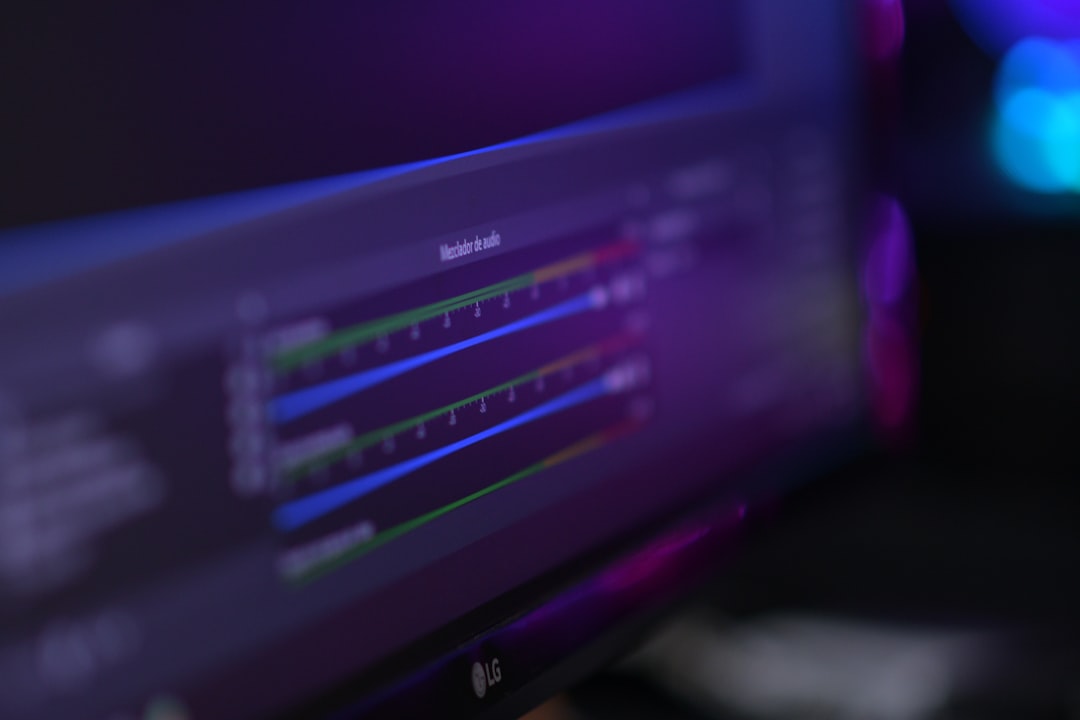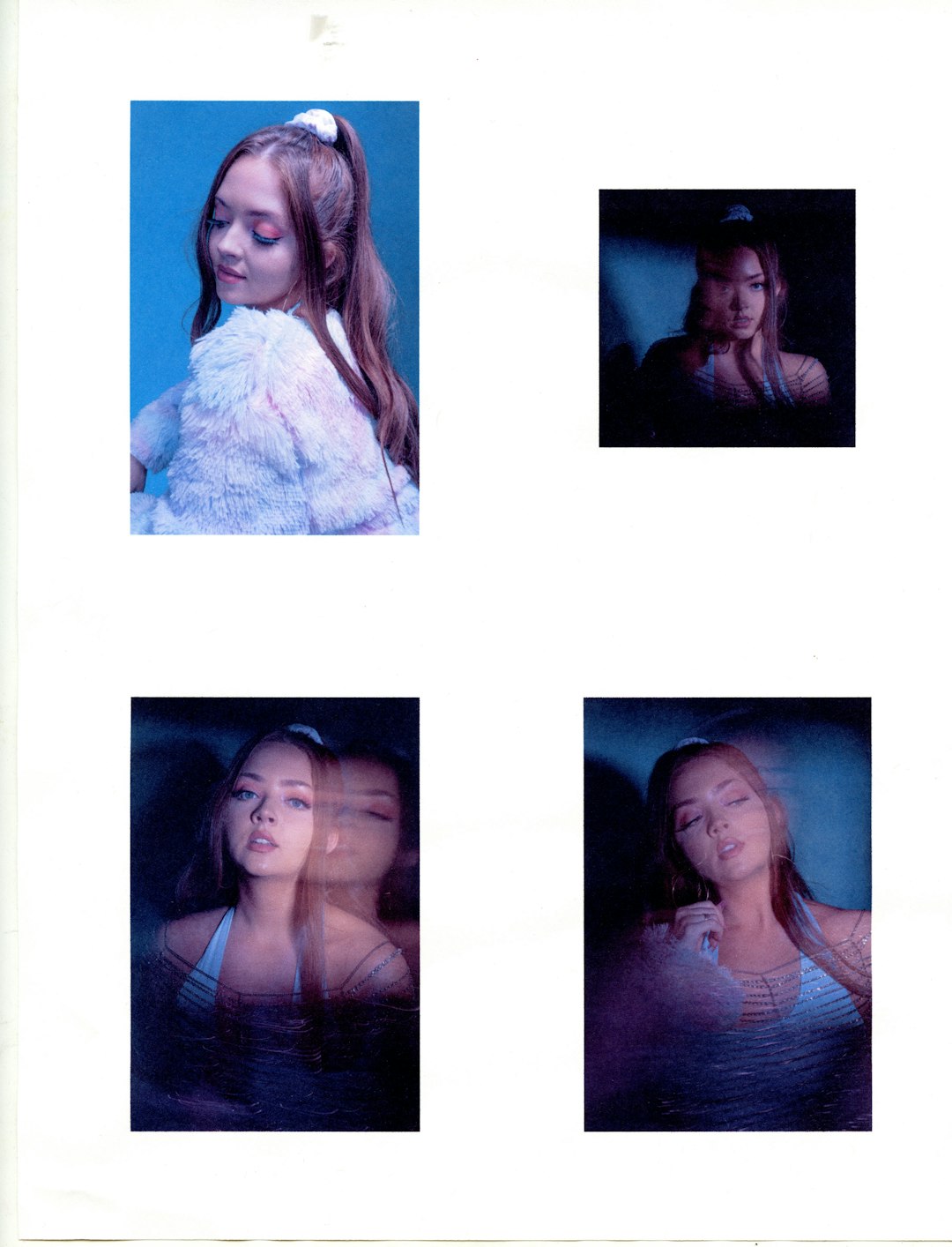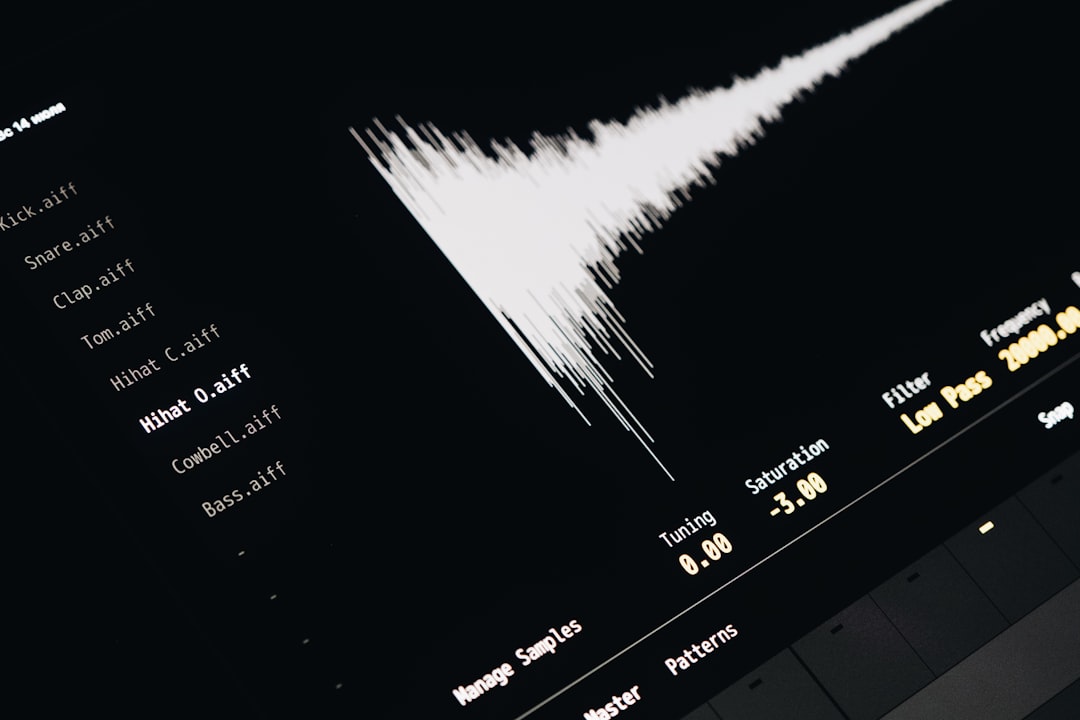In the digital age, where visuals are widely used in educational materials, marketing campaigns, and creative portfolios, protecting the originality of images has become increasingly important. One of the most effective tools for verifying image authenticity and detecting unauthorized use is reverse image search. This technology enables users to trace the source of an image and identify where else it appears online, making it a valuable ally in identifying potential image plagiarism.
Image plagiarism occurs when an image is used without proper credit or permission from the original creator. This unauthorized usage may be deliberate or unintentional, but regardless of intent, it raises legal and ethical concerns. Reverse image search engines like Google Images, TinEye, and Bing Visual Search offer ways to counteract this issue by allowing users to input an image and retrieve similar or identical versions found on the internet.
How Does Reverse Image Search Work?
Reverse image search tools operate using sophisticated algorithms that examine the visual details of an image—such as patterns, colors, and shapes—and match them against indexed images across the web. The key difference between a regular keyword-based search and a reverse image search is that the latter does not rely on textual information; instead, it uses visual fingerprints to find matches.

This technique proves especially helpful in determining the origins of an image or verifying whether it was copied from another source. Additionally, these search engines often display metadata such as publishing dates and domain names, which can be instrumental in determining the primary source of the image.
Applications in Image Plagiarism Detection
Reverse image search is widely used in various domains, including journalism, academia, and art communities, for the following purposes:
- Identifying unauthorized use: Creators can check whether their images are being reposted elsewhere without credit or proper licenses.
- Checking originality: Educators and publishers use image searches to verify that the images students or content creators claim to be original are not copied.
- Trademark protection: Companies monitor their product visuals and brand logos to prevent misuse or counterfeit representation.
This technology plays a critical role in enforcing copyright laws and protecting intellectual property. Online platforms also benefit, as they can more easily remove or flag stolen imagery once it is identified through reverse search tools.
Limitations and Challenges
While reverse image search is a powerful tool, it does come with limitations:
- Low-resolution image matches: Heavily compressed or resized images may not yield accurate results.
- Altered images: Cropped, color-filtered, or edited images might evade detection.
- Database limitations: Not all websites are indexed by these tools, especially those behind login walls or in private databases.

To counter these challenges, experts recommend using multiple reverse image search engines for a more comprehensive check. Additionally, software programs designed for content similarity detection often integrate reverse image search as one feature among others.
The Future of Image Verification
With the advancement of AI technologies and machine learning models, reverse image search is becoming increasingly sophisticated. Enhanced optical recognition and deep learning allow tools to detect modified images and even suggest the probable context or creator. Such growth suggests that in the near future, identifying image plagiarism could become more accurate and efficient, bolstering the rights of original creators.
FAQ: Reverse Image Search and Image Plagiarism
- Q: Can I use reverse image search on mobile devices?
A: Yes, many reverse image search tools, including Google Images and TinEye, offer mobile functionality either through mobile browsers or dedicated apps. - Q: Does reverse image search detect all instances of plagiarism?
A: No, it may miss cases where the original image has been heavily altered or where the hosting site is not indexed by the search engine. - Q: Is reverse image search free to use?
A: Most tools like Google Images and TinEye offer free versions, though advanced features and large-scale searches may require paid plans. - Q: Can I use reverse image search to prove copyright infringement?
A: While it can provide evidence, legal confirmation of copyright infringement often requires additional steps or professional legal advice. - Q: What are some alternatives to reverse image search?
A: You can use watermarking, image metadata tracking, or professional tools like Copyscape (for text-image comparison) to bolster plagiarism detection.
In conclusion, while it may not be infallible, reverse image search remains one of the most accessible and practical tools for detecting image plagiarism. When used in conjunction with other verification methods, it significantly enhances the ability to protect visual content online.




